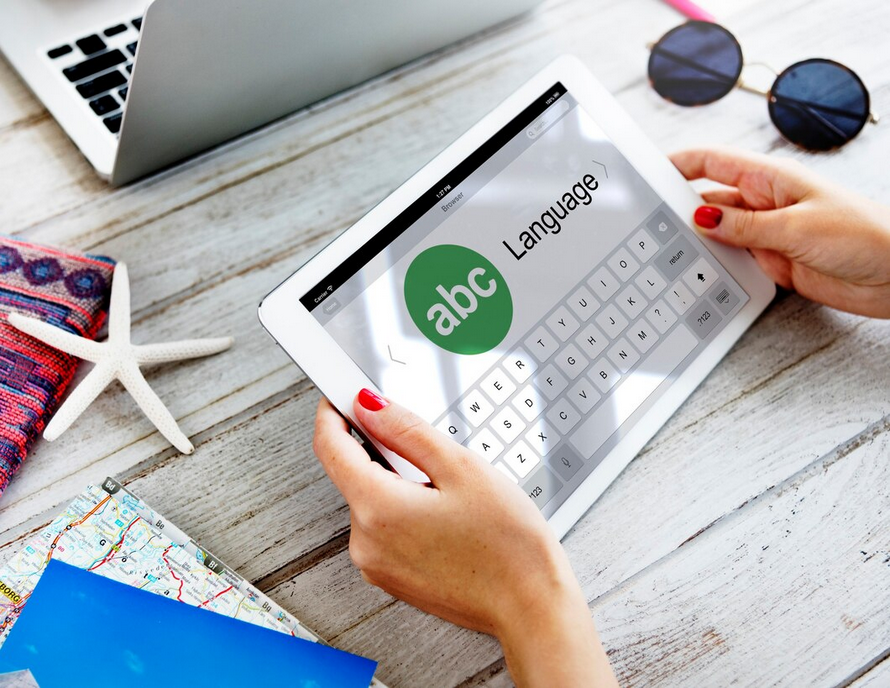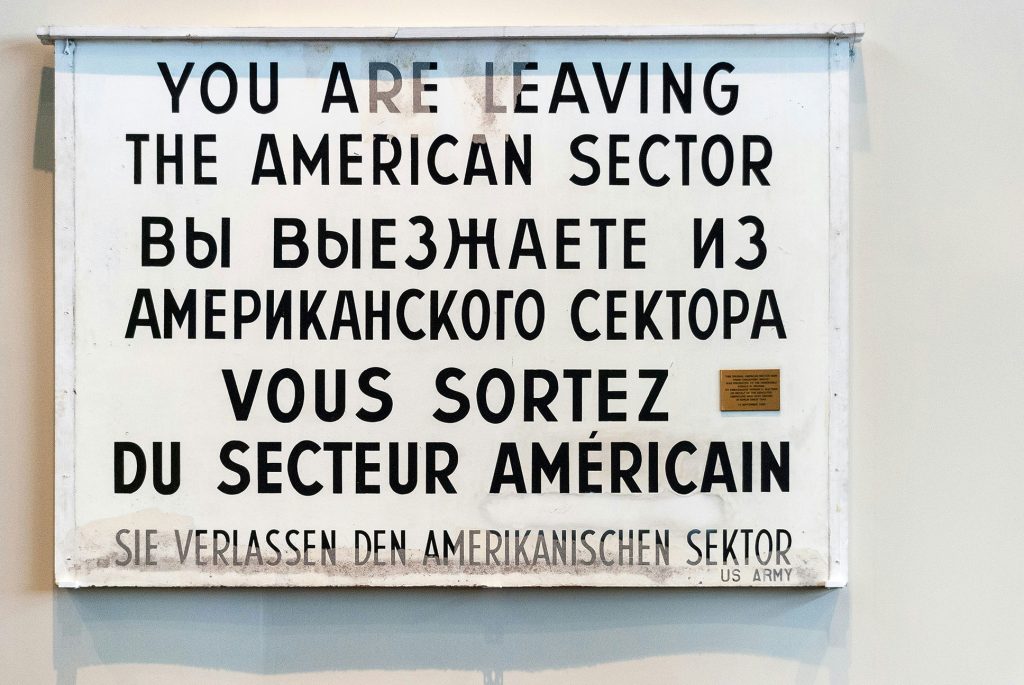
A previous blog talked about certified vs notarized translation services, where you learned what makes these two different from each other. In short, getting your translation certified or notarized will make the translated document more credible. That’s the purpose of sworn translation services as well.
Let’s say you are moving from Spain to another EU nation, Italy, for example. Many EU countries require sworn translators to rephrase and localize your documents. So, you’ll get a traduzioni giurate or sworn translation Spanish to Italian done before immigrating to Italy. It’ll help you easily pass the immigration checkpoints in Italy and give your paperwork the highest form of legal backing possible.
At this point, you may wonder who performs sworn translations all languages. Can normal translation agencies do it? Also, how are these translations different from the certified ones?
We’ll answer all these questions in this blog on sworn vs. certified translation services.
What is a Sworn Translation?

Unlike normal translators, a sworn translator has a license from the Foreign Affairs Ministry. In countries like Spain, all non-Spanish documents must bear sworn translations. A sworn translator and interpreter, traductor-intérprete jurado in Spanish, gives your document the highest level of legitimacy imaginable. It will make your birth/marriage certificate even more credible than a notarized translation of it.
No wonder sworn translations hold an official status before foreign authorities and have legal backing as they’re translated by a government-approved “interpreter.” These translators are common today in the Civil Law countries, such as EU nations, Latin-American states, and the UAE. Since the United States and the United Kingdom happen to be Common Law nations, they don’t have sworn translators.
Sworn Translation Process
Did you know that around 480,000 people made Spain their new home in the first half of 2022 alone? In the same timeframe, over 220,000 people left the country, mainly to live in the UK, Italy, or Germany. A Spaniard leaving the country or foreigners entering Spain must come face to face with sworn translation services at some point. So, here’s how you can get sworn translations done very easily:

- Find a Sworn Translator: Look for someone who is recognized as a sworn translator. You can get a list of such translators from local courts or translation agencies.
- Bring Original Documents: Give your original documents to the translator, and they’ll translate them all into the target language. Wait for one or two days for the translation to be finished.
- Receive the Translations: The translator usually adds their stamp, sign, and a sworn declaration confirming the translated document’s accuracy.
What is a Certified Translation?
On the other hand, certified translation involves the translator signing a statement of accuracy. We may call it a “translation accuracy certificate.” It bears the translator’s name, signature, stamp/seal, the two languages in question, and other relevant information. It’ll simply state that the translator did their best job by accurately and completely turning the document from its source language to the target one.

Whenever you are trying to enter another country for immigration purposes or to enroll in a college, it’s vital to bring with you a certified translation. Even in America, the USCIS won’t accept any document if it lacks a translation accuracy certificate. To do so, you must get in touch with certified translation services online. These agencies hire credible, experienced translators with ample reputations. They will translate a document and then sign the accuracy certificate, even notarizing it if that’s a requirement for you.
Differences between Sworn and Certified Translations
Do you want to take a trip to Europe? Maybe you’re looking to tie the knot in highland castles of Europe or on warm Italian beaches? Statistics show that over 15,000 Americans already live in Italy, and lots of others keep visiting it as tourists. Whenever you have an EU trip in mind, it’s crucial to understand the differences between different translation types. So, here’s a brief breakdown of the major differences between sworn and certified translations:

Translator Credentials
Certified translators are often endorsed by organizations like ATA or NAATI. However, sworn translators are registered with a court or a country’s chamber of commerce. They are sworn in and bear an oath to the accuracy of the documents they’re translating for clients. Now, being sworn in doesn’t always make a translator more skilled, but it does give a boost to their credentials.
Legal Value
Don’t forget that sworn translators are legally more valuable. Even though certified translations provide you with a “translation accuracy certificate,” a sworn translation has court-endorsed authenticity. So, its credibility remains doubt-free, and the legal value is off the charts. However, it may require stamp duty!
Quality Considerations
Sworn translators reach this position after passing the Ministry of Foreign Affairs exams. They not only have more legal backing but also a better reputation than certified translators. Anything translated by them is an official document, and this high-quality document gives your documents a better acceptance rate.

Cost Factor
You can guess that sworn translations cost more than certified or notarized translations. That’s because sworn translators provide an extra touch of expertise and legality to your translated paperwork. They’re fewer in number as well, so this scarcity causes a rise in costs. Moreover, the sheer legal weight of the sworn translation work makes it expensive as compared to certified translations.
Conclusion
Whether you go for certified, notarized, or sworn translations, always choose reliable individuals to give your official documents a different linguistic garb. In case sworn of translations, you’re referred to a very experienced translator with government recognition, high vernacular skills, and legal backing. Make sure that you have NAATI certified translation services in your contact list.
No need to go far looking for credible translations! You can always trust TranslateSwift to provide you with high-quality translators who will transform your documents with localized translations. Certified translations are a step away! You can book their services and get the doc in 24 hours.

FAQs – Sworn and Certified Translations
What’s another name for sworn translation?
Sworn translations are also called official translations because they have legal backing, and the government recognizes them. Government-approved translators perform these translations.
Which documents require sworn translations?
Your birth/marriage certificates, college degrees/diplomas, business contracts, divorce papers, visas and passports, or other documents may require sworn translations in the EU.
What is certified vs notarized translation?
A certified translation has a “translation accuracy certificate” alongside the translated document. When a notary public approves of this process with their stamp/seal, it becomes notarized as well.










